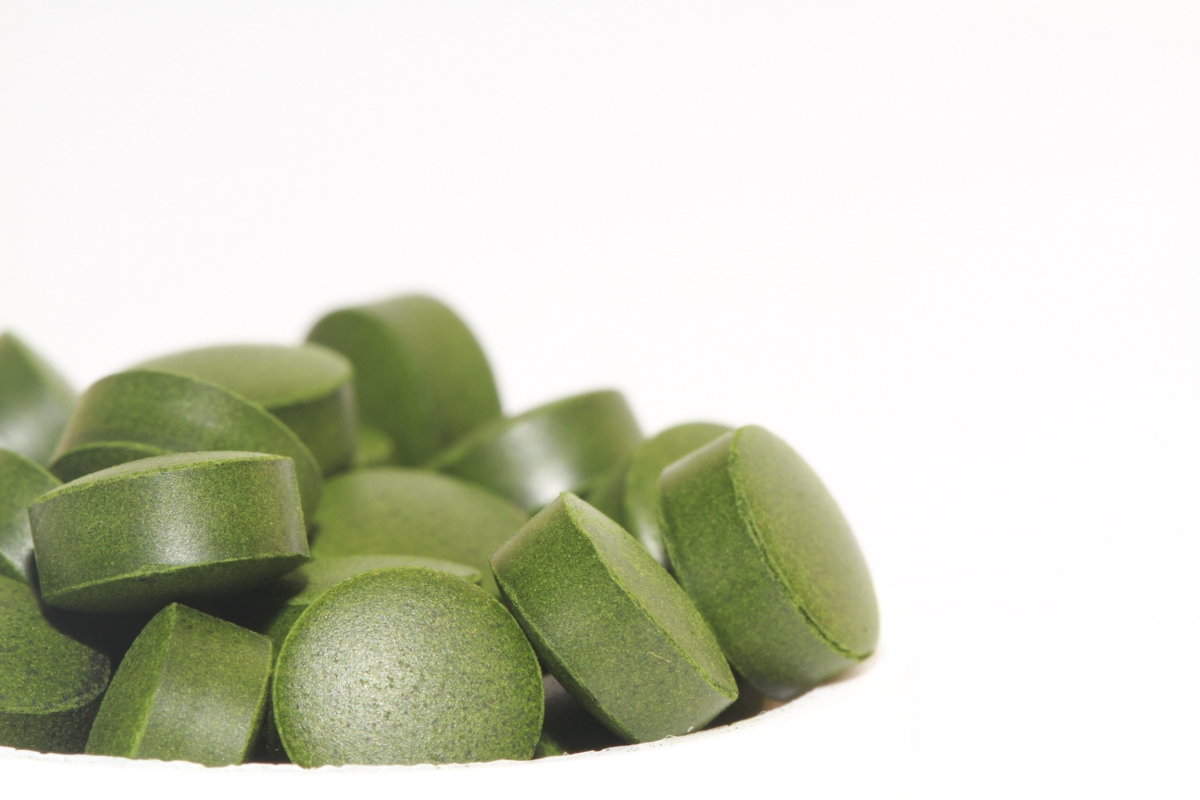THURSDAY, Feb. 9, 2017 (HealthDay News) — A healthy heart begins with what you eat, and one way to shop for groceries wisely is to start with a list, a cardiologist recommends.
Reducing the amount of fat, sugar and salt (sodium) in your diet can help reduce your risk of obesity, heart attack, type 2 diabetes and other diseases, according to Dr. Susan Smyth. She’s medical director of the University of Kentucky’s Gill Heart Institute.
“Make your meal healthier by substituting foods with lots of color from natural sources [not artificial colors] for foods that are white or brown. Start in the produce section with fresh fruits and veggies, which are high in vitamins and fiber and low in fat,” Smyth said in a university news release.
She added that consumers should check the labels on processed foods found in the produce department, such as guacamole or prepared salads with dressing. These products may contain high amounts of fat, sodium and sugar.
“In the dairy section, stick with low-fat where possible. Beware of flavored yogurts, which can contain as much as half of the recommended daily allowance of sugar. Recent research indicates that eggs are OK in moderation, but check with your doctor first,” Smyth said.
At the meat counter, choose lean products such as chicken and fish. Limit or avoid processed meats such as hot dogs and lunch meat, which contain high amounts of salt, she advised.
“While breads and other baked goods can have a place at your dinner table, the hidden sugars and sodium in bread might surprise you. Just two slices of packaged white sandwich bread may account for as much as a quarter of your recommended daily sodium intake,” Smyth said.
A better choice would be to select breads made from whole grains (not whole wheat), which can help lower LDL (bad) cholesterol and decrease the risk of type 2 diabetes, according to Smyth.
The middle aisles of the grocery store are “treacherous,” she said.
“Almost everything in a plastic wrapper is highly processed and loaded with fat, salt, sugar or all three. If you spend a lot of time in the middle aisles, do a lot of label-reading and look for healthier substitutes,” Smyth suggested.
Plain canned beans in water are a healthy choice, as are some nuts and dried fruit. Also, be aware of serving sizes per package. For example, canned soups are sometimes advertised as low sodium but if the serving size is half a can and you’re accustomed to eating a full can of soup, you’ll be getting double the dose of sodium, she said.
In the freezer section, “frozen veggies without added sauces and fruits without added sugar can substitute for fresh. Choose low-fat ice cream over regular versions. Be very careful of frozen pizzas, dinners and snacks, which can be loaded with sodium,” Smyth advised.
More information
The U.S. Centers for Disease Control and Prevention has more on healthy eating.
Copyright © 2025 HealthDay. All rights reserved.

